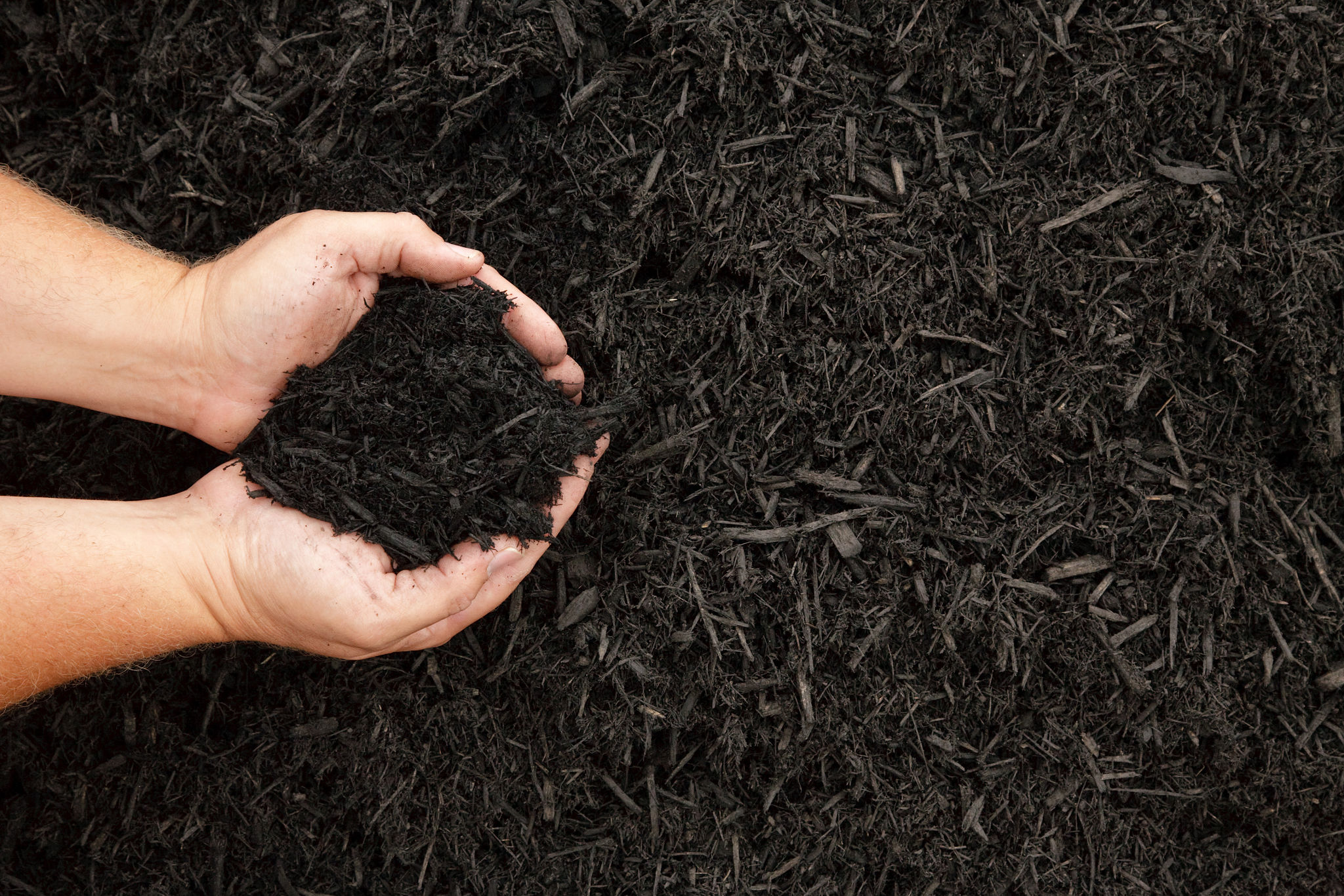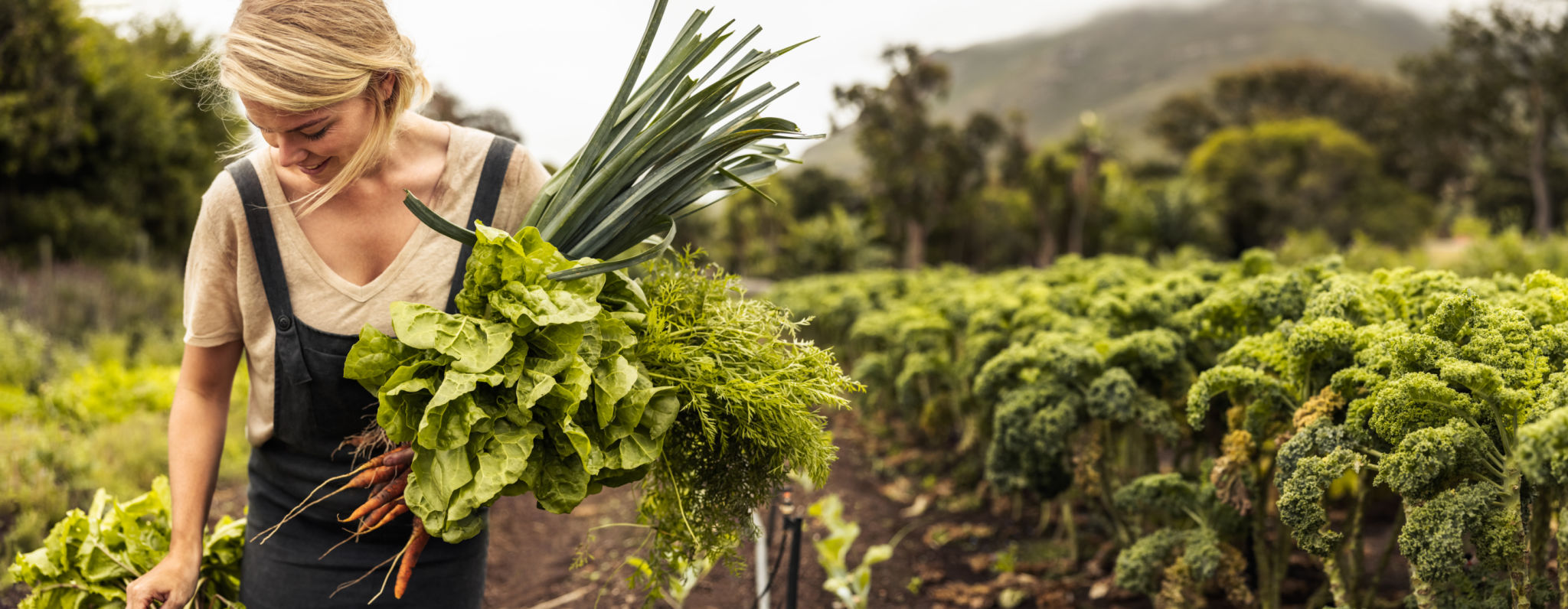How to Design a Water-Efficient Garden in Chicago
Understanding Water Efficiency
Designing a water-efficient garden is a sustainable and practical solution for homeowners in Chicago, where water conservation is increasingly important. A water-efficient garden uses less water while maintaining lush, vibrant vegetation. By choosing the right plants and implementing smart design strategies, you can create a beautiful garden that thrives with minimal water usage.
Choosing the Right Plants
One of the first steps in designing a water-efficient garden is selecting plants that are well-suited to Chicago's climate. Opt for native plants, as they have adapted to the local environment and typically require less water. Consider incorporating drought-tolerant species such as prairie grasses, coneflowers, and black-eyed Susans. These plants not only reduce water usage but also support local wildlife.

Implementing Smart Irrigation
Efficient irrigation is crucial for maintaining a water-wise garden. Consider installing a drip irrigation system, which delivers water directly to the plant roots, reducing evaporation and runoff. Additionally, using a smart irrigation controller can help optimize watering schedules based on weather conditions and soil moisture levels, ensuring plants receive the right amount of water.
Maximizing Water Retention
Enhancing soil quality is another effective way to maximize water retention. Incorporate organic matter such as compost or mulch into the soil to improve its ability to retain moisture. Mulching around plants not only conserves water but also suppresses weeds and regulates soil temperature. Choose materials like wood chips or shredded bark for an eco-friendly mulching solution.

Designing with Permeable Surfaces
Incorporating permeable surfaces in your garden design can significantly contribute to water efficiency. Materials like gravel, permeable pavers, or decomposed granite allow rainwater to infiltrate the soil rather than running off, reducing the need for additional watering. Consider using these materials for pathways or patios to minimize hardscape areas and promote natural water absorption.
Creating Rain Gardens
Rain gardens are another excellent feature for a water-efficient landscape. These gardens are designed to capture and filter rainwater runoff from roofs or driveways, allowing it to slowly infiltrate into the ground. By planting a mix of deep-rooted native grasses and perennials in a rain garden, you can reduce runoff while improving groundwater quality.

Maintaining Your Water-Efficient Garden
Regular maintenance is essential to ensure your garden remains water-efficient. Monitor your irrigation system regularly to check for leaks or clogs. Prune plants to maintain their health and remove any debris that may block water flow. Additionally, adjust watering schedules seasonally to align with changing weather conditions and plant needs.
Benefits of a Water-Efficient Garden
Beyond conserving water, a well-designed water-efficient garden offers numerous benefits. It can reduce your water bills, decrease maintenance efforts, and create a habitat for local wildlife. Moreover, it enhances the aesthetic appeal of your property while contributing positively to the environment.

Embracing water-efficient gardening practices in Chicago is an excellent way to promote sustainability while enjoying a beautiful outdoor space. By carefully selecting plants, implementing smart irrigation solutions, and designing for maximum water retention, you can create a thriving garden that requires minimal water input.